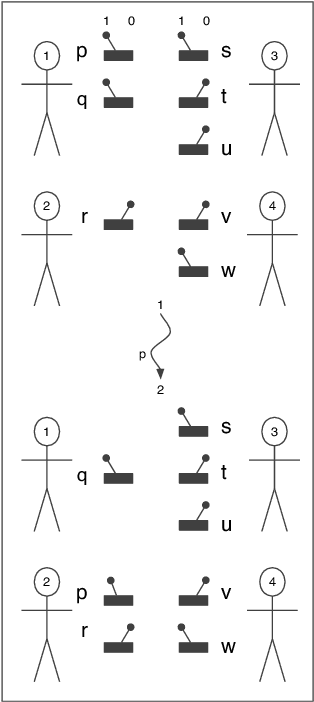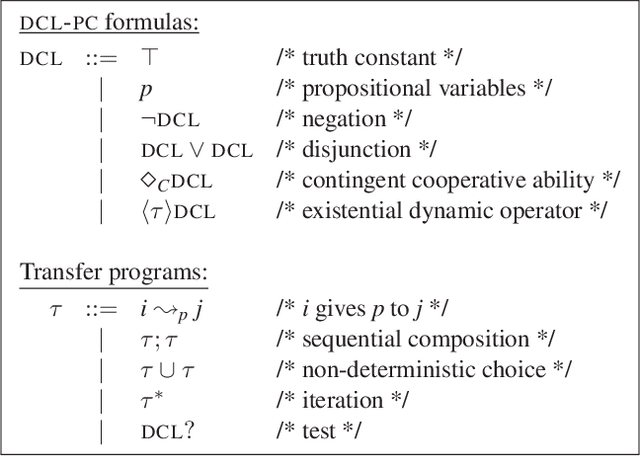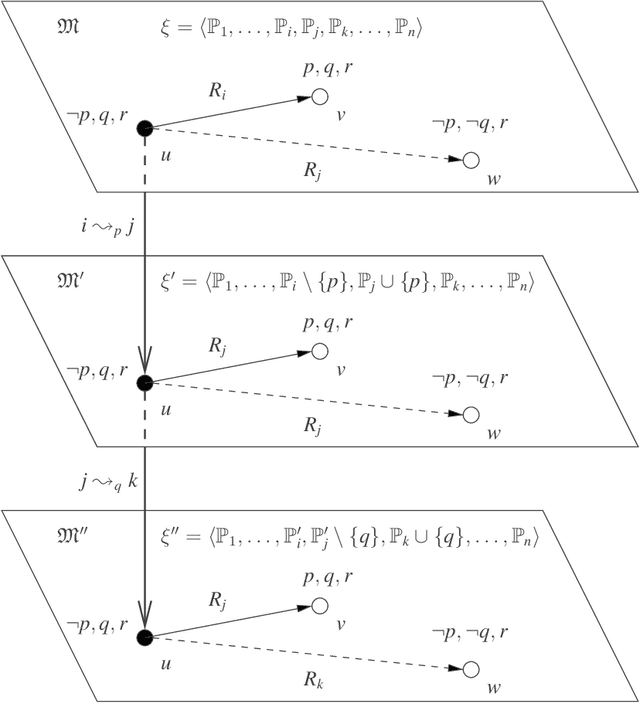Dirk Walther
MLGCN: An Ultra Efficient Graph Convolution Neural Model For 3D Point Cloud Analysis
Mar 31, 2023Abstract:The analysis of 3D point clouds has diverse applications in robotics, vision and graphics. Processing them presents specific challenges since they are naturally sparse, can vary in spatial resolution and are typically unordered. Graph-based networks to abstract features have emerged as a promising alternative to convolutional neural networks for their analysis, but these can be computationally heavy as well as memory inefficient. To address these limitations we introduce a novel Multi-level Graph Convolution Neural (MLGCN) model, which uses Graph Neural Networks (GNN) blocks to extract features from 3D point clouds at specific locality levels. Our approach employs precomputed graph KNNs, where each KNN graph is shared between GCN blocks inside a GNN block, making it both efficient and effective compared to present models. We demonstrate the efficacy of our approach on point cloud based object classification and part segmentation tasks on benchmark datasets, showing that it produces comparable results to those of state-of-the-art models while requiring up to a thousand times fewer floating-point operations (FLOPs) and having significantly reduced storage requirements. Thus, our MLGCN model could be particular relevant to point cloud based 3D shape analysis in industrial applications when computing resources are scarce.
The Logical Difference for the Lightweight Description Logic EL
Jan 23, 2014



Abstract:We study a logic-based approach to versioning of ontologies. Under this view, ontologies provide answers to queries about some vocabulary of interest. The difference between two versions of an ontology is given by the set of queries that receive different answers. We investigate this approach for terminologies given in the description logic EL extended with role inclusions and domain and range restrictions for three distinct types of queries: subsumption, instance, and conjunctive queries. In all three cases, we present polynomial-time algorithms that decide whether two terminologies give the same answers to queries over a given vocabulary and compute a succinct representation of the difference if it is non- empty. We present an implementation, CEX2, of the developed algorithms for subsumption and instance queries and apply it to distinct versions of Snomed CT and the NCI ontology.
Reasoning About the Transfer of Control
Jan 16, 2014



Abstract:We present DCL-PC: a logic for reasoning about how the abilities of agents and coalitions of agents are altered by transferring control from one agent to another. The logical foundation of DCL-PC is CL-PC, a logic for reasoning about cooperation in which the abilities of agents and coalitions of agents stem from a distribution of atomic Boolean variables to individual agents -- the choices available to a coalition correspond to assignments to the variables the coalition controls. The basic modal constructs of DCL-PC are of the form coalition C can cooperate to bring about phi. DCL-PC extends CL-PC with dynamic logic modalities in which atomic programs are of the form agent i gives control of variable p to agent j; as usual in dynamic logic, these atomic programs may be combined using sequence, iteration, choice, and test operators to form complex programs. By combining such dynamic transfer programs with cooperation modalities, it becomes possible to reason about how the power of agents and coalitions is affected by the transfer of control. We give two alternative semantics for the logic: a direct semantics, in which we capture the distributions of Boolean variables to agents; and a more conventional Kripke semantics. We prove that these semantics are equivalent, and then present an axiomatization for the logic. We investigate the computational complexity of model checking and satisfiability for DCL-PC, and show that both problems are PSPACE-complete (and hence no worse than the underlying logic CL-PC). Finally, we investigate the characterisation of control in DCL-PC. We distinguish between first-order control -- the ability of an agent or coalition to control some state of affairs through the assignment of values to the variables under the control of the agent or coalition -- and second-order control -- the ability of an agent to exert control over the control that other agents have by transferring variables to other agents. We give a logical characterisation of second-order control.
 Add to Chrome
Add to Chrome Add to Firefox
Add to Firefox Add to Edge
Add to Edge